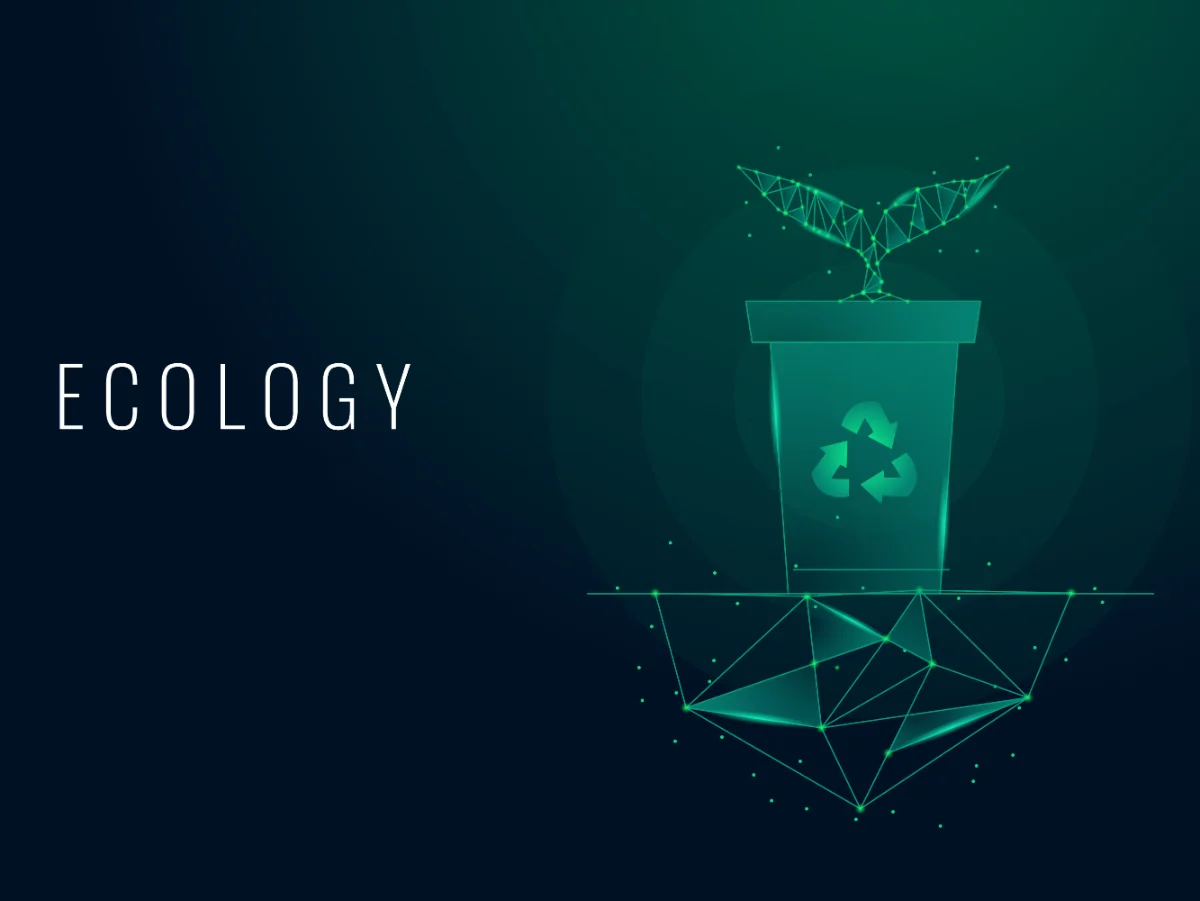AI in Recycling: How Smart Technology is Building the Future of Trade
AI in recycling is transforming the industry from a labor-intensive operation into a high-tech, data-driven process. By integrating artificial intelligence directly into mașini de reciclare a plasticului and facility-wide management systems, operators can now overcome long-standing challenges with contamination, sorting efficiency, and quality control, paving the way for a more profitable and sustainable global trade in recyclables.
The Data Problem: Why Traditional Recycling Falls Short
For decades, the recycling industry has grappled with a fundamental issue: a lack of precise information. A stream of post-consumer or post-industrial waste is incredibly complex and variable. Traditional methods, including manual sorting and basic mechanical separation, struggle to keep up. This results in several critical problems:
- High Contamination Rates: A single misplaced item, like a PVC container in a PET stream, can compromise the quality of an entire batch. This downgrades the value of the final material or renders it unusable.
- Inefficient Sorting: Manual sorting is slow, costly, and prone to human error. It also poses health and safety risks to workers. Mechanical sorters, while faster, often lack the finesse to distinguish between materials with similar properties.
- Economic Volatility: The value of recycled commodities fluctuates. Without the ability to quickly adapt sorting priorities to capture high-value materials, facilities can miss significant revenue opportunities.
- Operational Downtime: Unexpected equipment failure in key machinery like shredders, washers, or extruders can halt the entire production line, leading to costly delays.
At its core, this is an information problem. The inability to quickly and accurately identify, classify, and track every piece of material creates inefficiency. This is precisely where artificial intelligence provides a solution.
How AI is Reshaping Recycling Operations: From Bins to Bales
Artificial intelligence is not a single technology but a collection of tools that give machines the ability to “see,” “learn,” and “act.” In a modern recycling facility, these tools are being applied across the entire operational chain to create what can be called a “smart factory” for waste.
Intelligent Sorting with Computer Vision
The most visible application of AI in recycling is in the sorting process. AI-powered systems, often combining high-resolution cameras with sophisticated software, can identify materials with astonishing speed and accuracy.
- Robotic Sorters: Companies like AMP Robotics have developed robotic arms that use computer vision to identify and pick specific items off a fast-moving conveyor belt. These robots can be trained to recognize countless objects, from different types of plastic polymers (PET, HDPE, PP) to specific brand packaging. They can work 24/7 with an accuracy rate often exceeding 99%.
- AI-Enhanced Optical Sorters: Traditional optical sorters are getting smarter. By integrating AI, machines from manufacturers like TOMRA can perform more complex tasks, such as differentiating between food-grade and non-food-grade plastics or identifying multi-layer packaging that was previously unrecyclable.
Predictive Maintenance for Recycling Machinery
For a company focused on machinery, this is one of the most practical applications of AI. By embedding sensors that monitor vibration, temperature, and energy consumption in equipment like shredders and granulators, AI algorithms can analyze this data in real time. The system can detect subtle patterns that indicate a potential component failure is imminent. This allows facility managers to schedule maintenance proactively, ordering parts and arranging service before a catastrophic breakdown occurs. This simple application of AI drastically reduces unplanned downtime and extends the lifespan of critical equipment.
Data Analytics for Process Optimization
An AI-integrated facility doesn’t just sort materials; it generates a constant stream of valuable data. Every item identified by a vision system is a data point. This information can be aggregated to:
- Analyze Material Composition: Understand the exact breakdown of materials entering the facility on any given day.
- Identify Inefficiencies: Pinpoint bottlenecks in the processing line where material is slowing down.
- Optimize Equipment Settings: Automatically adjust the speed of conveyors or the settings on a washing line based on the type of material being processed, saving energy and improving output quality.
Prepare for the Future with AI-Ready Recycling Systems
The next generation of recycling efficiency is here. Energycle Machine provides robust, high-performance equipment designed to integrate with modern AI and automation technologies, helping you build a smarter, more profitable facility.
Discover Our MachineryThe Tangible Benefits of AI Integration
Adopting AI is not just about modernization; it’s about achieving clear, measurable improvements in business performance and environmental impact.
Increased Purity and Recovery
AI sorting dramatically reduces contamination, producing higher-purity bales of recycled material. This purer product commands a higher price on the global market. It also increases the total amount of material recovered from the waste stream.
Costuri operaționale reduse
Automation through AI reduces reliance on manual labor, lowering staffing costs. Predictive maintenance minimizes expensive downtime, while process optimization cuts down on energy and water consumption, directly impacting the bottom line.
Enhanced Market Agility
When commodity prices change, AI systems can be quickly reprogrammed to prioritize different materials. If the market price for natural HDPE suddenly spikes, the sorters can be instructed to focus on recovering it, maximizing revenue.
Improved Safety and Transparency
Robots can handle potentially hazardous materials, removing human workers from dangerous roles. Furthermore, the data generated by AI systems creates an auditable trail for materials, building trust and transparency for buyers in the international trade of recyclables. As noted by the World Economic Forum, such technologies are key to building a functional circular economy.
Implementing AI in Your Facility: A Practical Outlook
Integrating AI into a recycling operation can happen in stages. For many facilities, the first step is to invest in “AI-ready” machinery—equipment built with the sensors and connectivity needed to plug into a future smart system. Retrofitting older lines is also possible, often starting with the addition of a robotic sorting station or a data collection platform.
The key is to partner with equipment providers who understand the demands of modern data integration. At Mașină Energycle, we design our systems for durability and performance, keeping in mind the need for future compatibility with the control and automation technologies that are redefining the industry.
Întrebări frecvente (FAQ)
What is the main role of AI in plastic recycling machines?
In plastic recycling machines, AI primarily powers vision and sorting systems. It enables machines to identify different types of plastics, colors, and contaminants with high precision, which is critical for producing pure, high-value recycled materials.
Is AI technology expensive to implement in a recycling facility?
While the initial investment can be significant, the return on investment is often rapid. The savings from reduced labor costs, decreased downtime, lower energy use, and the higher revenue from better-quality materials typically offset the upfront cost.
How accurate are AI-powered robotic sorters?
Modern AI robotic sorters can achieve pick-and-place accuracy rates well above 99% for targeted materials. They can also perform over 80 picks per minute, which is about twice as fast as a human sorter, and can maintain this pace continuously.
Can AI help with new environmental regulations?
Yes. As regulations on plastic waste and recycling content become stricter, AI provides the data and transparency needed for compliance. It can generate detailed reports on material composition, recovery rates, and contamination levels, proving that a facility is meeting its legal obligations.
Artificial intelligence is no longer a concept of the future; it is a practical tool that is actively solving the recycling industry’s most pressing problems. By turning waste streams into data streams, AI empowers facilities to operate more efficiently, safely, and profitably. This technological shift is fundamental to strengthening the circular economy and fostering a robust global market for recycled materials.



